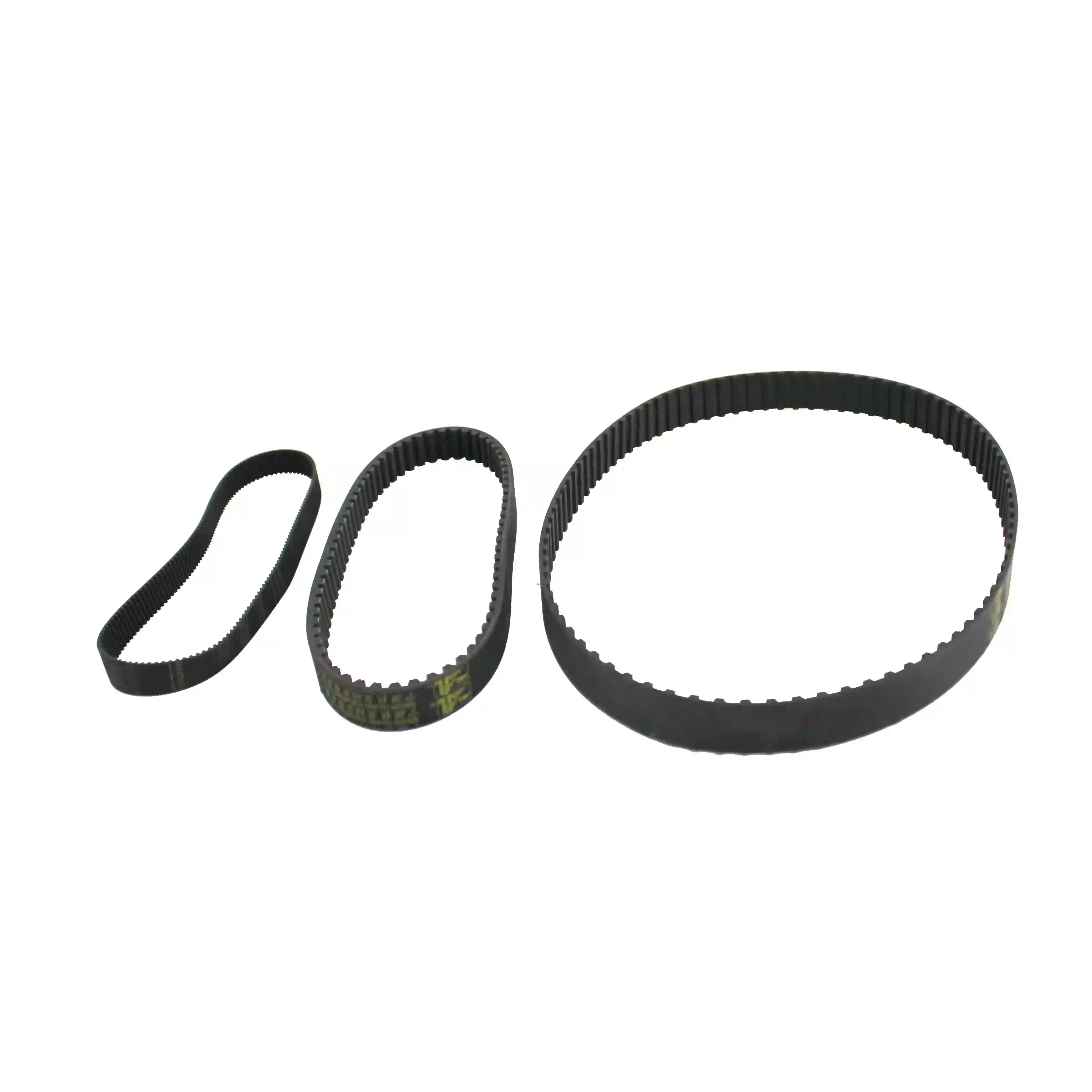Understanding Helical Offset Tooth Belts and Their Applications in Mechanical Systems
Understanding Helical Offset Tooth Belts A Comprehensive Overview
In the landscape of mechanical engineering and power transmission, the choice of components plays a crucial role in efficiency and functionality. Among these components, helical offset tooth belts have gained recognition for their unique design and operational advantages. This article delves into the intricacies of helical offset tooth belts, exploring their construction, benefits, applications, and maintenance.
What are Helical Offset Tooth Belts?
Helical offset tooth belts are a specialized type of timing belt characterized by teeth arranged in a helical pattern. Unlike standard synchronous belts, where the teeth are aligned directly in line with the belt's length, the helical design allows for a staggered arrangement. This configuration significantly enhances the belt's engagement with the pulley, providing smoother and quieter operation.
The belt's teeth are typically made of polyester or fiberglass, offering excellent strength and flexibility. The core materials vary from neoprene to polyurethane, ensuring that the belt maintains its shape and withstands varying temperatures and environmental conditions.
Advantages of Helical Offset Tooth Belts
1. Reduced Vibration and Noise The helical tooth design allows for a more gradual engagement with the pulley, resulting in significantly reduced vibration. This characteristic is particularly advantageous in applications where noise reduction is critical, such as in automotive engines and precision machinery.
2. Increased Load Capacity The staggered tooth design distributes the load more evenly across the belt and pulleys. This capability enables the belt to handle higher loads compared to traditional designs, making it suitable for applications that require power transmission without compromising on performance.
3. Improved Flexibility Helical offset tooth belts exhibit greater flexibility, which allows them to bend around pulleys with varying diameters more effectively. This aspect is essential for machines where space is limited, and synchronous power transfer is required across multiple axes.
4. Enhanced Durability The materials used in the construction of helical offset tooth belts contribute to their longevity. They are designed to resist wear and tear from friction, ensuring that they remain effective over extended periods.
5. Fewer Maintenance Requirements Due to their robust construction and design, helical offset tooth belts may require less frequent replacements than conventional belts. This quality translates to lower operational costs and reduced downtime for businesses.
Applications of Helical Offset Tooth Belts
Helical offset tooth belts find applications across a variety of industries due to their versatility and reliability. Some notable applications include
helical offset tooth belt

- Automotive Engineering In automotive applications, these belts are often utilized in camshaft and timing systems where precision and noise reduction are critical.
- Industrial Machinery They are widely used in conveyor systems and packaging machinery, where smooth and reliable power transmission is essential
.- Robotics In the field of robotics, helical offset tooth belts facilitate precise movement and control, enabling robots to perform delicate tasks with accuracy.
- Printing Machines The printing industry benefits from these belts for their ability to maintain consistent speed and tension, ensuring high-quality prints.
Maintenance and Care
While helical offset tooth belts are designed for durability, proper maintenance is essential to maximize their lifespan. Here are some key maintenance tips
- Regular Inspections Frequent checks for wear and tear, including tooth damage and belt tension, help identify potential issues before they lead to failure.
- Proper Alignment Ensuring that pulleys are correctly aligned is crucial to prevent uneven wear and prolong belt life.
- Environment Considerations Keep belts away from excessive heat, moisture, and chemicals, which can degrade the materials.
- Tension Adjustment Maintaining the correct tension is vital. A belt that is too loose can slip, while one that is too tight can lead to premature wear.
Conclusion
Helical offset tooth belts represent a significant advancement in power transmission technology. Their unique design offers numerous benefits—including reduced noise, increased load capacity, and enhanced durability—making them an excellent choice for a wide range of applications. As industries continue to evolve, the demand for efficient and reliable components like helical offset tooth belts will remain paramount, underscoring their importance in modern engineering practices. Proper maintenance and understanding of these belts can lead to improved performance and longevity, ultimately contributing to the efficiency of mechanical systems across various sectors.








